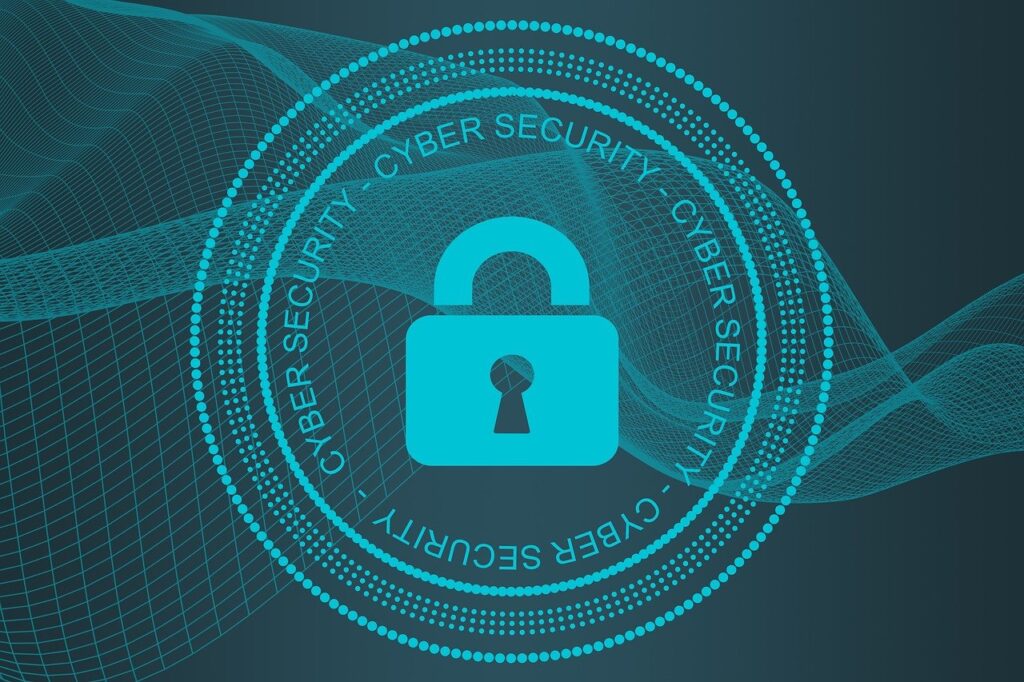Today, technology plays a critical role in business. Consumers are increasingly ordering items online; financial institutions are storing customers’ credit cards in their systems, colleges and universities are accepting payments online, and so on. The ease of doing business brought about by technology also comes with its challenges, one of them being data security breaches. ISO certification assures customers that the entities which they want to engage with have been independently certified to follow strict industry practices meant to safeguard their data.
Overview of ISO 9001
The International Standards Organization (ISO) is an organization whose aim is to create industry standards. The standards, known as ISO standards, make it easier for companies to comply with many regulations.
There are three primary ISO standards that IT companies should follow to organize their compliance. These standards are the ISO 27001, ISO 31000, and ISO 9001.
ISO 27001 Standard
ISO 27001 is a set of industry guidelines for the design and implementation of an information security management system (ISMS). The ISO 27000 family consists of various industry standards. However, the first step to becoming ISO certified is to create a management system. The system should be designed based on the 27001 guidelines.
ISO 27001 is a risk management certification that mainly deals with the integrity, availability, and confidentiality of data. The standard’s guidelines offer confidence to both organizations and their users on the integrity of their data.
There are two stages of attaining ISO 27001 certification. The first step involves collecting an organization’s documentation to determine the suitability of the ISMS for the next review.
ISO 31000 Standard
The ISO 31000 standard provides guidelines for the establishment of an enterprise risk management (ERM) program. The compliance standard requires the Board of Directors and the executive management to review potential data breach threats that the organization is exposed to and come up with ways of mitigating the risks.
For an organization to attain ISO 31000 compliance, an audit must be done to ascertain the adequacy of the ERM program. The audit requires a review of the organization’s documentation that shows management has implemented principles of risk management.
ISO 9001 Standard
The ISO 9001 standard is meant to guide organizations trying to qualify for the 31000 and 27000 certifications. The standard outlines the procedures of designing and developing a quality management system (QMS) for documenting the responsibilities of the organization in maintaining quality data standards.
The ISO 9001 applies to organizations in all industries that require continual improvement of quality controls. The three ISO certifications provide management standards by focusing on agile workflow.
The ISO 9001 audit involves a review of the product, processes, and system of the organization. To be certified, firms need to meet a lengthy checklist. Among the processes to be evaluated in the checklist are:
- Document control processes
- Preventive action procedures
- Corrective action procedures
- Internal audit procedures
- Records procedures
- Control of non-conformance procedures
Each of the above categories has additional requirements to be met to prove that the processes work on the ground.
Why Get ISO-Certified?
There is a difference between ISO conformity and certification. An organization can conform to ISO standards without being certified. To do this, all that is required is incorporating ISO compliance requirements (for example, conducting internal audits or creating a QMS) as part of the business processes.
ISO certification provides customers and organizations with the verifications they need to be confident of the information management controls and quality processes of an entity. Certification means that an entity has been evaluated and found to conform to ISO standards. Getting certified is a mark of approval of a company’s ISMS, risk assessment, and QMS requirements.
There are many ISO standards. Therefore, organizations that are certified are required to indicate the specific standards that they are certified for. For example, instead of indicating to clients that the organization is “ISO Certified,” the proper way would be to indicate the specific certification, e.g., “ISO 9001:2015 Certification” or “ISO: 9001:2015 Certified.”
ISO Accreditation
While ISO creates standards, it does not certify or issue certificates. There are independent parties that issue certificates. The certification processes followed by the certification bodies are created by the Committee on Conformity Assessment (CASCO). It is CASCO that determines the standards that a third-party certification body should check to determine whether a company should be certified.
To attain ISO certification, an organization must be reviewed by independent audit bodies. The bodies will review the company’s policies, processes, and documentation to ascertain whether they conform to ISO requirements.
To be ISO accredited, an organization needs to be independently reviewed to prove that it conforms to the standards set by CASCO. In a nutshell, CASCO offers ISO certification through various third parties. On the other hand, any independent reviewer can assess an organization’s processes for it to be ISO accredited.



